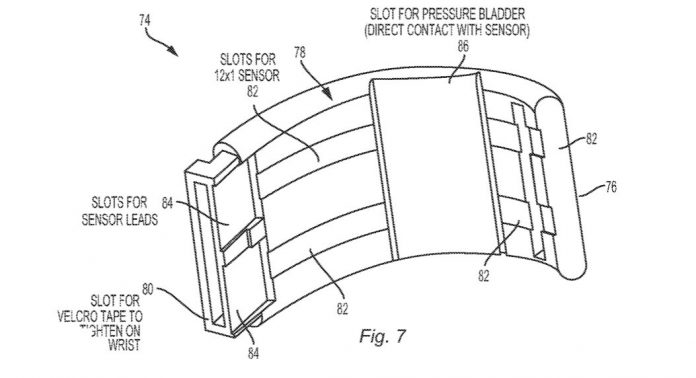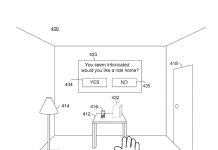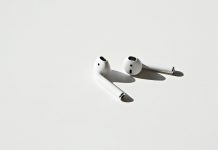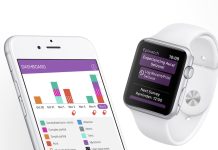Samsung released its blood pressure monitoring features on the Galaxy Watch Active 2 this year after securing clearance from the South Korea Ministry of drug and Safety in South Korea. This bit of news in June this year, as always, sparked a conversation in the Apple circles surrounding Apple’s plans to feature Blood pressure monitoring.
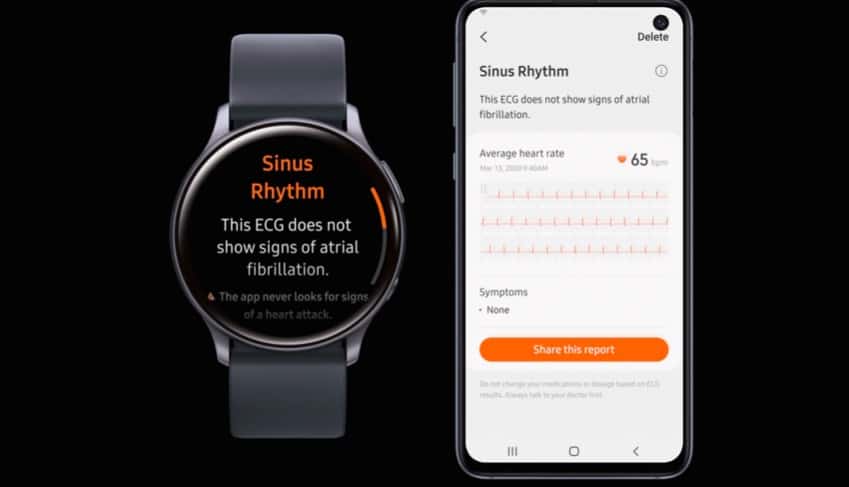
As of now, most rumors this year around the upcoming Apple Watch Series 6 have not highlighted any features pertaining to Blood pressure sensors.
Related reading
- 3 Best Blood Pressure Monitors to Use With Apple’s Health App
- Continuous Blood Pressure monitoring via Smart Glasses could become a reality
- Samsung Galaxy Watch 3 Health features Vs Apple Watch Health Detailed
- Samsung Health introduces Blood Pressure Monitoring for Galaxy Watch Active 2 users
- Microsoft looking to explore Wearable Blood Pressure Action via SmartBands
- Apple and German Heart Foundation team up around using Apple Watch for dilated cardiomyopathy
- How to turn on High Heart Rate notifications and alerts on Apple Watch
Blood pressure monitoring coming to Apple Watch?
In 2019, FastCompany pointed out the three potential health features that Apple might be working on. The CDC says about 75 million American adults have high blood pressure or one of every three adults. A prime opportunity for Apple and the first feature highlighted in the FC article.
That being said, one can explore some of the recent patent approvals to get a sense of Apple’s approach to introducing blood pressure monitoring on Apple Watch.
In a patent that was approved last week, 10702171, Apple highlights systems, devices, and methods for measuring blood pressure of a user. The patent was filed way back in 2015 and got approved on July 7th,2020.
Current ambulatory and home blood pressure measurement approaches, however, fail to provide continuous measurement of blood pressure.
Additionally, when an oscillometric blood pressure measurement cuff is used to monitor a person’s blood pressure when sleeping, the intermittent inflation and deflation of the cuff can disturb the person’s sleeping pattern, thereby harming the subject to some extent and potentially changing the person’s sleeping blood pressure.
Thus, convenient and effective approaches for noninvasive continuous measurement of blood pressure remain of interest.
Apple’s idea is to use a number of sensors that can be selectively activated against the wrist of a user using a combination of actuators. (linear solenoid-piston).
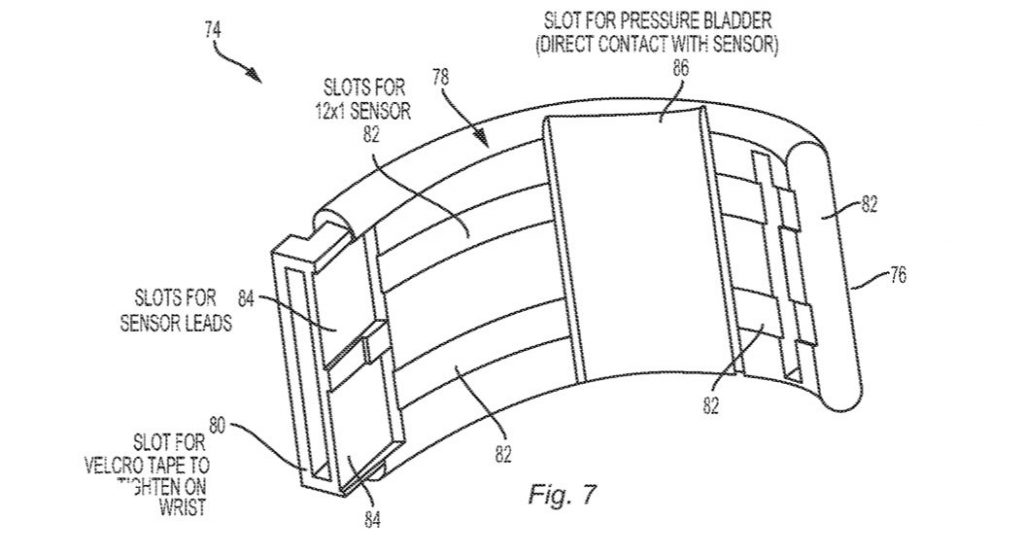
A pressure sensor array may be coupled with the plurality of actuators and configured to contact an underside of a wrist skin surface. The pressure sensor array may include a plurality of pressure sensors each being coupled with at least one of the plurality of actuators.
A preferred sensor and location may be identified based on pressure signals received from each of the sensors. In some embodiments, devices may use a fluid bladder coupled with piezoelectric film sensors.
Piezoelectricity is basically the charge created across certain materials when mechanical stress is applied.
Piezoelectric pressure sensors exploit this effect by measuring the voltage across a piezoelectric element generated by the applied pressure. They are very robust and are used in a wide range of industrial applications today.
Apple also explains how it can pair a fluid bladder coupled with the piezoelectric fluid sensors to achieve this.
“The method may include maintaining engagement between the skin of the wrist and a film pressure sensor of a wrist-worn device using a band extending around the wrist, where the wrist-worn device may have a fluid bladder and a film pressure sensor. The fluid bladder may be coupled with a fluid bladder pressure sensor.
The method may include inflating the fluid bladder to urge against the wrist of the user and receiving a film pressure sensor signal associated with a pressure of engagement between the fluid bladder and the wrist. A fluid bladder pressure signal may be received from the fluid bladder pressure sensor–the fluid bladder pressure signal may be associated with a pressure in the fluid bladder.
Thereafter, the film pressure signal from the film pressure sensor may be calibrated with the fluid bladder pressure signal so that the film pressure signal indicates dynamic pressure at the wrist while another pressure may measure the bladder static pressure.
A blood pressure of the user may be determined based on the calibrated film pressure signal and an indication of the determined blood pressure of the user may then be outputted.”
The new breed of piezoelectric film sensors has seen a lot of interest over the past few years in other areas of wearable health monitoring
One popular paper highlighted in IEEE, the research showed how the film sensors could be used for monitoring of respiration and heartbeat during sleep.
There are two other Apple patents that provide some background around alternative thinking for Blood Pressure monitoring.

The thinking on the PTT approach is different than that of this patent.
Instead of using a combination of actuators, piezoelectric film sensors with a bladder, Ravi Narshiman, the inventor chooses to use PPG or pulse pressure.
The idea here is to use the accelerometer, a photo-plethysmograph (PPG) or a pulse pressure sensor, and a controller.
 The controller is configured to process output signals from the accelerometer to detect when the blood pressure pulse is propagated from the left ventricle of the user’s heart, process a signal from the PPG or the pulse pressure sensor to detect when the blood pressure pulse arrives at the wrist, calculate a pulse transit time (PTT) for the propagation of the blood pressure pulse from the left ventricle to the wrist, and generate one or more blood pressure values for the user based on the PTT.
The controller is configured to process output signals from the accelerometer to detect when the blood pressure pulse is propagated from the left ventricle of the user’s heart, process a signal from the PPG or the pulse pressure sensor to detect when the blood pressure pulse arrives at the wrist, calculate a pulse transit time (PTT) for the propagation of the blood pressure pulse from the left ventricle to the wrist, and generate one or more blood pressure values for the user based on the PTT.
The current Samsung Galaxy watch blood pressure feature requires quite a bit of calibration before one can measure blood pressure.
Samsung also suggests that in order to ensure accuracy, users will need to calibrate every four hours. This would mean that the Samsung watch will not be suitable for continuous BP monitoring activity.
Apple’s patent highlights this issue at the beginning.
“In many embodiments, the devices and methods may be carried out without the requirement for periodic calibrations.
Generally, approaches disclosed herein may passively track blood pressure values without any interaction required on the part of the user and/or may allow for on-demand or point measurements of blood pressure values by having a user move the arm on which the wrist device is worn.”
As we have learned from our experiences, Apple doesn’t need to be the first but always strives to be the best when it introduces a feature
Of course, we are Apple fans! Given that, they are thinking through a process that can passively monitor blood pressure on a continuous basis is a huge deal and will be a game-changer. As of writing, we couldn’t find any pending FDA applications for this feature from Apple.
It remains to be seen if a new Apple Watch “health” or ” medical” band becomes reality any time soon but it sure looks promising!

